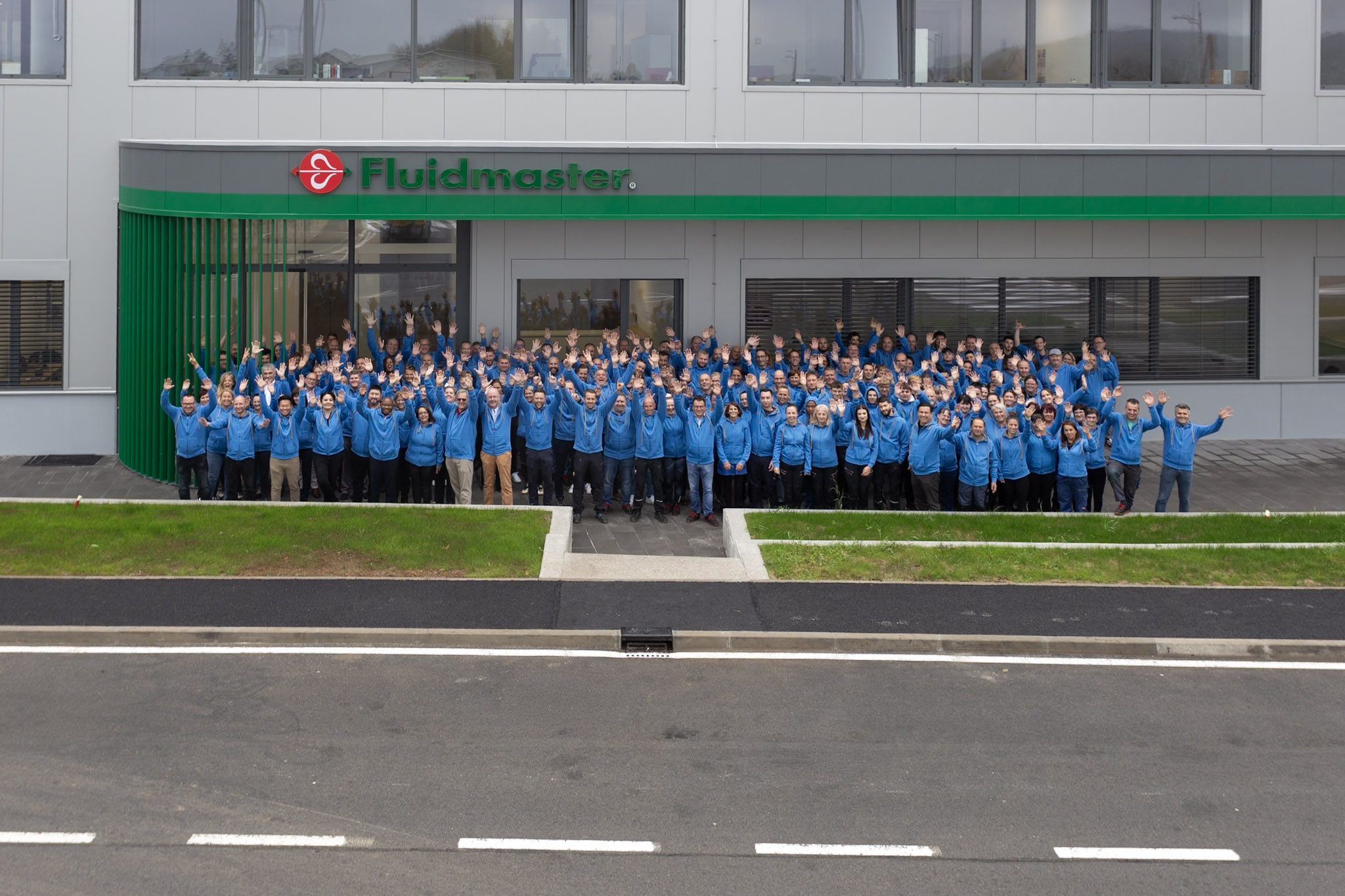
Fluidmaster Open New Facility in Prestranek
On Friday, October 24, 2025, Fluidmaster officially opened its...

The components in your cistern play a crucial role in flushing your toilet. If you want to keep your toilet in tip-top shape, read on…
From time to time a brief inspection of your toilet can help to identify any potential problems. Take a look at the interior and exterior of the bowl, the cistern itself and the flush lever or button.
If you haven’t taken the lid off your cistern, now’s the time to take a look. You’ll find a fill valve, which provides clean, potable water to your cistern. And a flush mechanism, which allows the water to flow from the cistern, into the bowl.
From cracked toilet bowls to leaky loos, leaks within or from your toilet can cause severe problems within the home or washroom. As well as continuously wasting precious water resources, water ingress caused by a broken or malfunctioning toilet can be a serious issue. Look out for: cracks or damage to the bowl, cistern or water connections, water pooling around the toilet, obvious blockages in the bowl or water going over the overflow.
Regular maintenance of the interior of your cistern can help avoid malfunctions and breakdowns. Every six months start by wiping away any debris or limescale from the inside of the cistern. Then clean the rubber seals of your flush and fill valves with a sponge or cloth to improve longevity of your cistern technology.
Tip: don’t use any abrasive chemicals in your toilet cistern as they can cause the degradation of rubber seals which can result in leakage.
If you find a problem with your toilet, ensure you fix it as soon as possible. You’ll be doing yourself a favour when it comes to maintaining your property, conserving water and saving money in the long run.
A malfunctioning toilet cistern can waste 100s of litres of water per day, costing several hundred £s per year. Getting to know the basic functions of your toilet technology is helpful; as you will be able to spot and prevent any issues. Prevention is better than cure when it comes to maintenance issues. Learning how to spot an issue, from a leaky flush valve, to a running fill valve, can save water, the environment and money!
Due to the mechanism of a common drop flush valve, it’s easy for a cistern block to get stuck and hinder the function of the valve. Steer clear of cistern blocks and keep your toilet in first-rate shape.
Here is our list of potential toilet troubles, which could cause problems in your home:
If you spot a problem you can’t fix yourself, call your local plumber for help or advice. Plumbing issues that are left to fester often get worse over time.
Take a look at our Little Toilet Repair Guide to find out more about how to identify and fix problems with your loo.